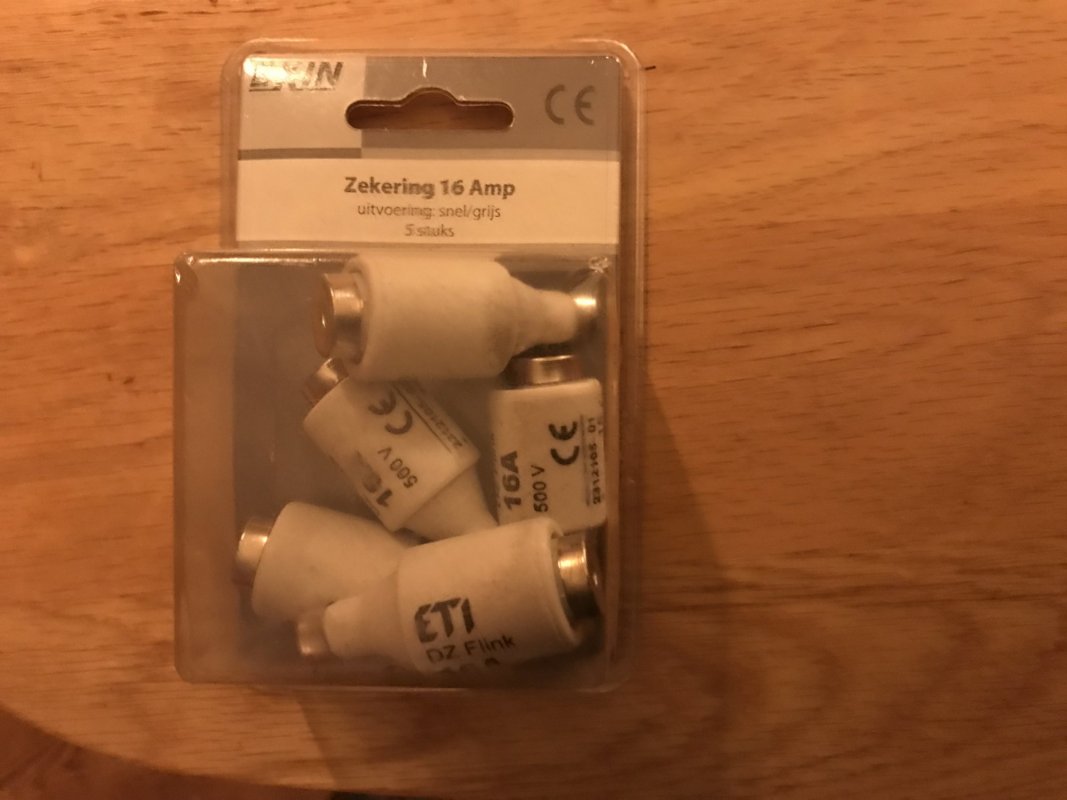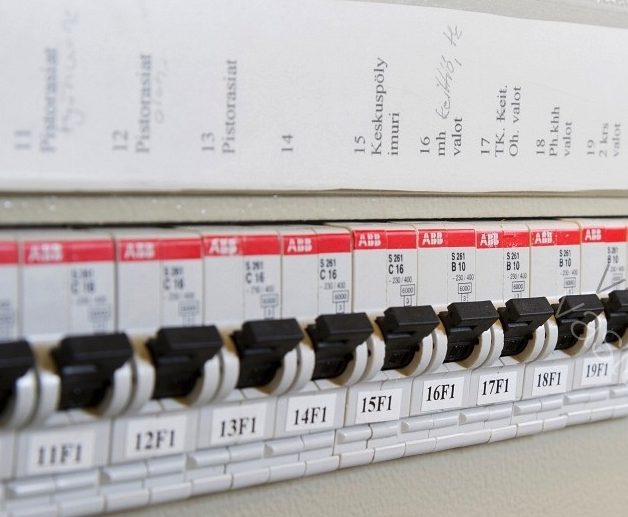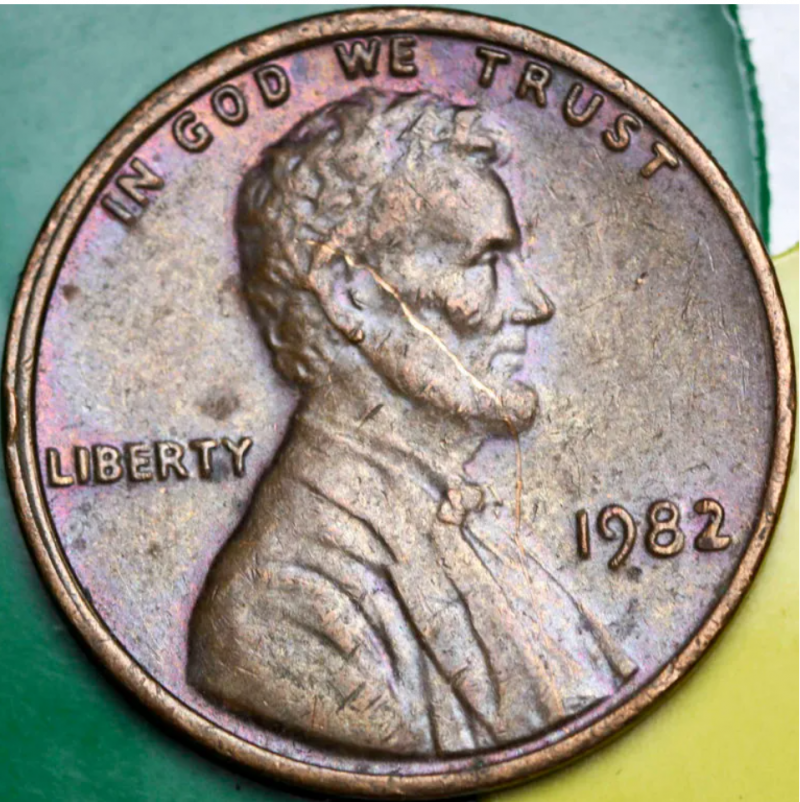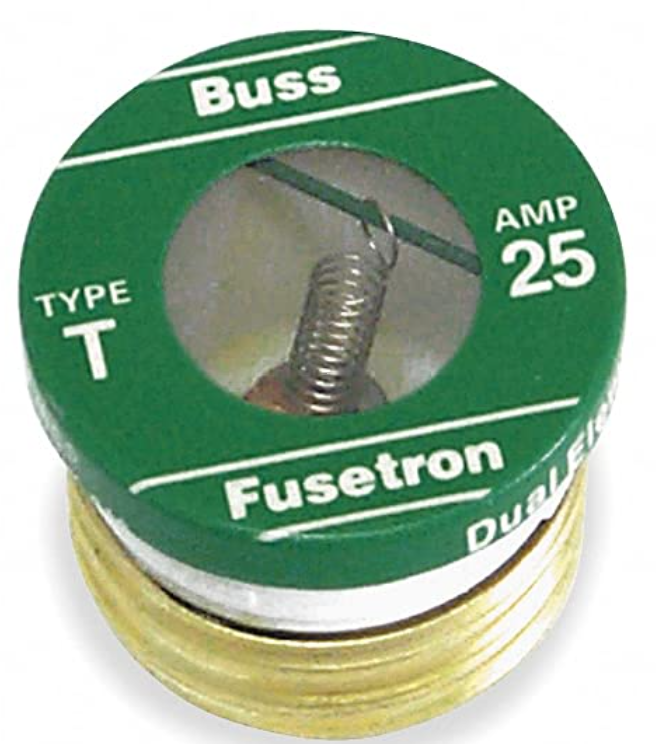You are using an out of date browser. It may not display this or other websites correctly.
You should upgrade or use an alternative browser.
You should upgrade or use an alternative browser.
Humming?
- Thread starter Brad Little
- Start date
- Joined
- Feb 11, 2009
- Messages
- 22,914
- Reaction score
- 18,504
- Location
- NJ (The nice part)
- Guild Total
- 112
OMG I love that.
fronobulax
Bassist, GAD and the Hot Mess Mods
- Joined
- May 3, 2007
- Messages
- 24,730
- Reaction score
- 8,863
- Location
- Central Virginia, USA
- Guild Total
- 5
And funnier than "Because they don't know the words."
And in a slightly related veer:


- Joined
- Feb 11, 2009
- Messages
- 22,914
- Reaction score
- 18,504
- Location
- NJ (The nice part)
- Guild Total
- 112
That must be an old one. Where are you going to find a pull-tab today!
I thought it was a bottle opener!That must be an old one. Where are you going to find a pull-tab today!
Nuuska
Enlightened Member
I thought, too - a bottle opener. But what about the one bottom left? Is it a piece of soft cheese wrapped in tinfoil?
Whatever - but that picture would make more sense if the ratings were divided by 10
Whatever - but that picture would make more sense if the ratings were divided by 10
Maybe if the cheese had been refrigerated it would be a way to quickly soften it to room temperature!I thought, too - a bottle opener. But what about the one bottom left? Is it a piece of soft cheese wrapped in tinfoil?
Whatever - but that picture would make more sense if the ratings were divided by 10
- Joined
- Feb 11, 2009
- Messages
- 22,914
- Reaction score
- 18,504
- Location
- NJ (The nice part)
- Guild Total
- 112
Nuuska
Enlightened Member
US voltage is 110V - EU 220V - that means the current for same power is 2xEU-current.
120 vs 240 - 0r 115 vs 230 - same difference.
Our most common household fuses are 10A and 16A - my house runs on 3-phase system - like any other place here - and the main fuses are 3x35A
16A x 220V provides 3,5kW power - that is enough for running a heater for a fairly large room - if insulation is appropriate.
Fuses in range 100A and up are common in heavy industry - never at any household.
Therefore my suggestion of scaling the picture by 10 - after all this writing I'm ready to reduce it to 1/100 - more realistic.
120 vs 240 - 0r 115 vs 230 - same difference.
Our most common household fuses are 10A and 16A - my house runs on 3-phase system - like any other place here - and the main fuses are 3x35A
16A x 220V provides 3,5kW power - that is enough for running a heater for a fairly large room - if insulation is appropriate.
Fuses in range 100A and up are common in heavy industry - never at any household.
Therefore my suggestion of scaling the picture by 10 - after all this writing I'm ready to reduce it to 1/100 - more realistic.
Okko
Member
The left bottom item is a famous French “la vache qui rit” cheese piece. We buy those boxes always on our holidays in France… however, never used them as fuse… should have thought about that earlier….I thought, too - a bottle opener. But what about the one bottom left? Is it a piece of soft cheese wrapped in tinfoil?
Whatever - but that picture would make more sense if the ratings were divided by 10
Okko
Member
US voltage is 110V - EU 220V - that means the current for same power is 2xEU-current.
120 vs 240 - 0r 115 vs 230 - same difference.
Our most common household fuses are 10A and 16A - my house runs on 3-phase system - like any other place here - and the main fuses are 3x35A
16A x 220V provides 3,5kW power - that is enough for running a heater for a fairly large room - if insulation is appropriate.
Fuses in range 100A and up are common in heavy industry - never at any household.
Therefore my suggestion of scaling the picture by 10 - after all this writing I'm ready to reduce it to 1/100 - more realistic.

these are stil in our infra cupboard, but all the fuses are automatic….
chazmo
Super Moderator
I love the "Laughing Cow" cheese wedge. That's too funny!!!!!
- Joined
- Feb 11, 2009
- Messages
- 22,914
- Reaction score
- 18,504
- Location
- NJ (The nice part)
- Guild Total
- 112
I don't know what I was thinking saying those fuses were household values. Holy crap - most houses here in the US don't have more than 200A service!
- Joined
- Feb 6, 2011
- Messages
- 4,198
- Reaction score
- 2,447
- Location
- Gloucester County, NJ
- Guild Total
- 13
That penny is way too new for that purpose!
chazmo
Super Moderator
dread, FYI:
The last mostly-copper cents (95% copper metal composition) were produced by the Denver Mint on October 22, 1982.
The last mostly-copper cents (95% copper metal composition) were produced by the Denver Mint on October 22, 1982.




